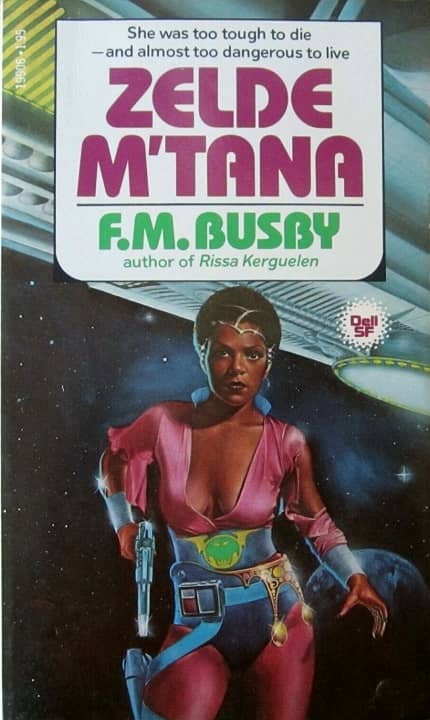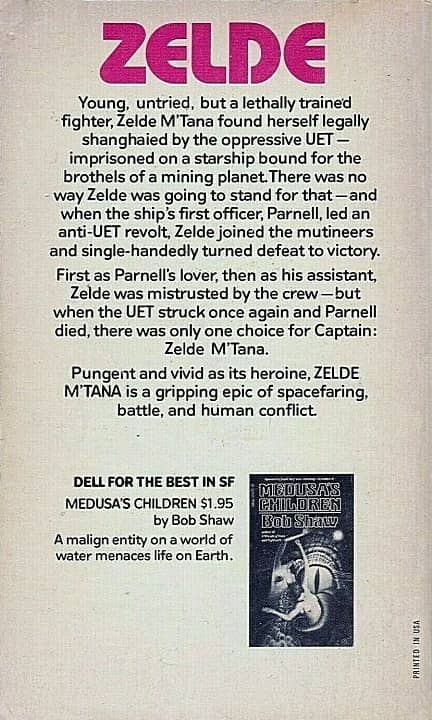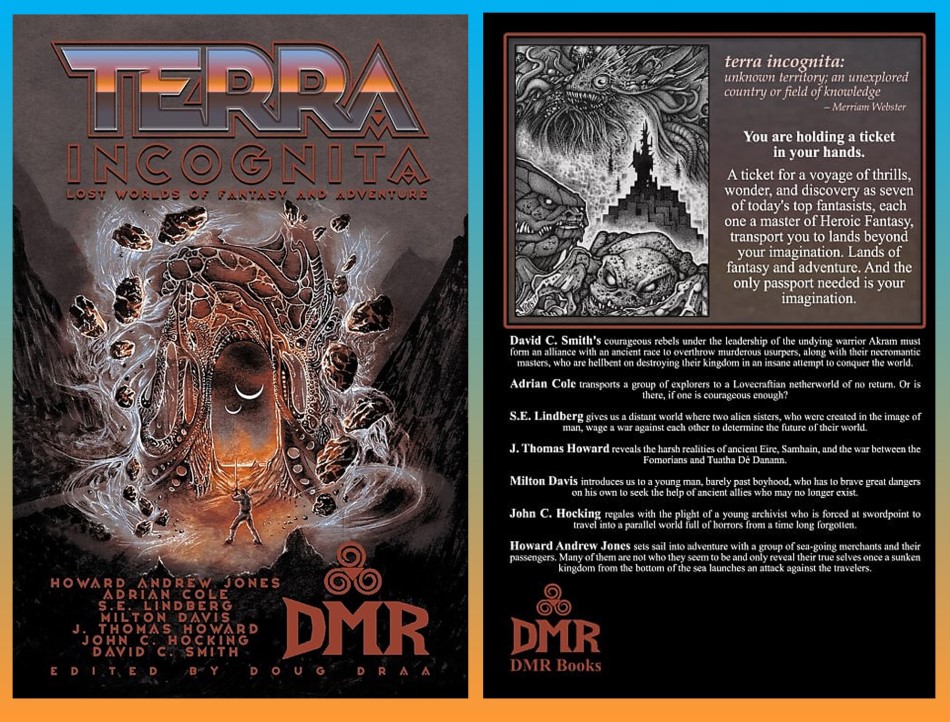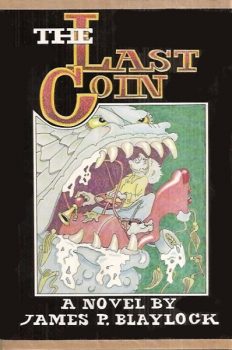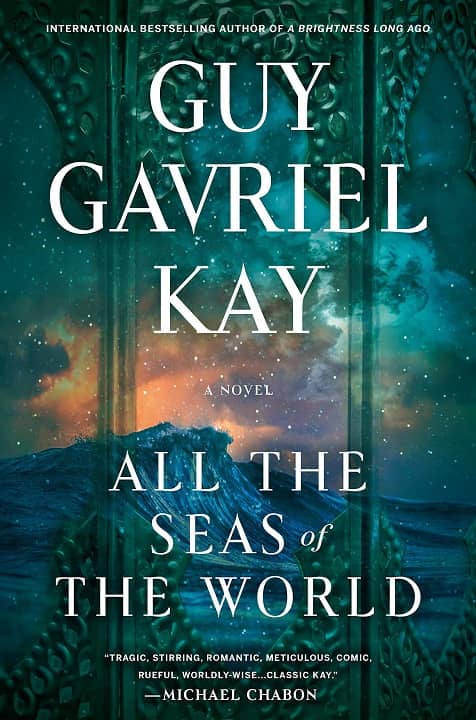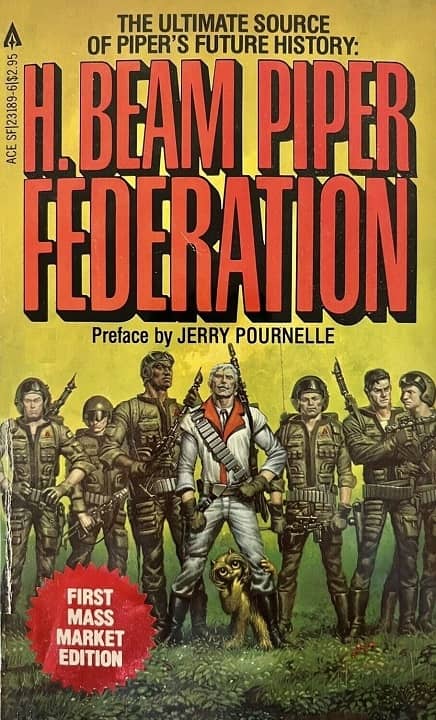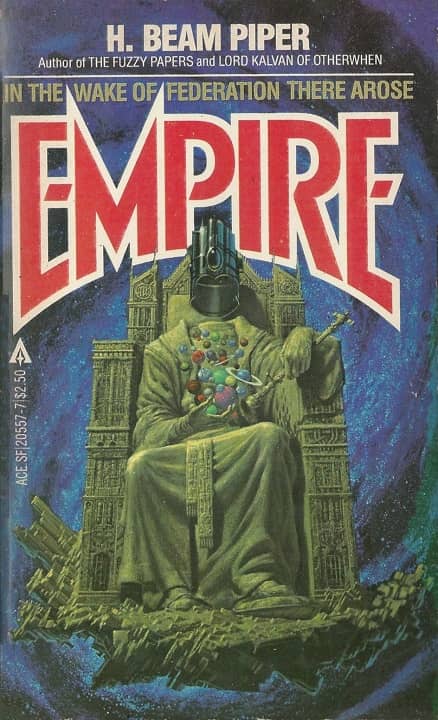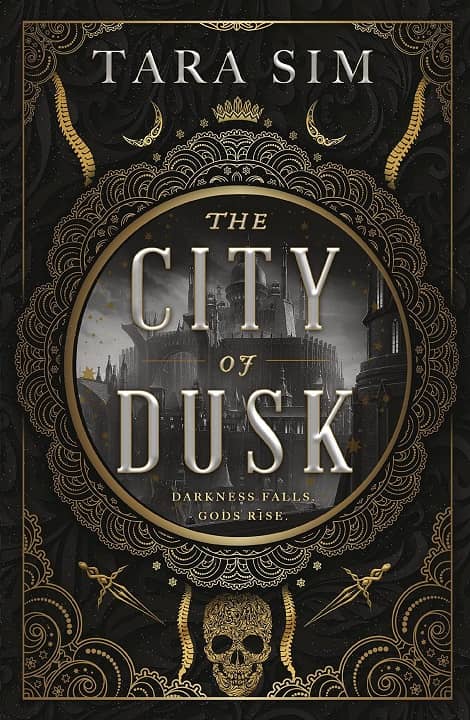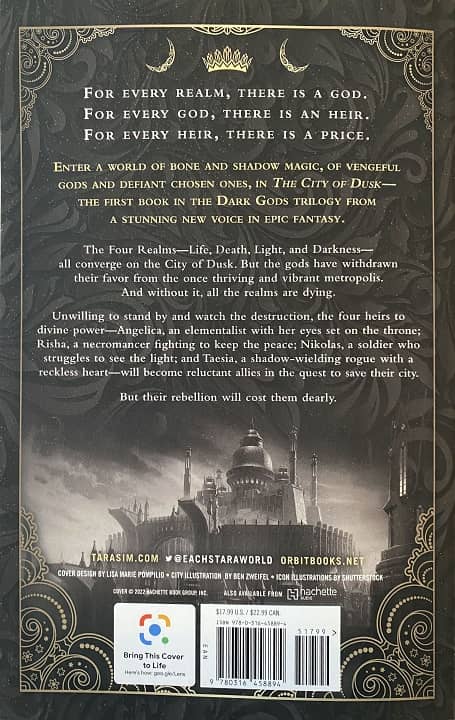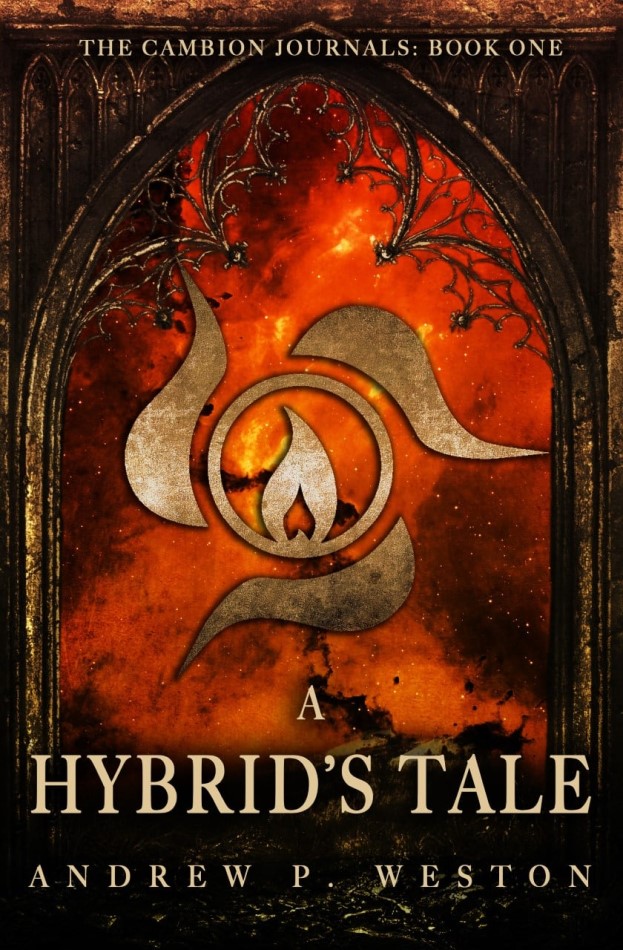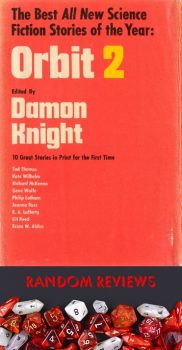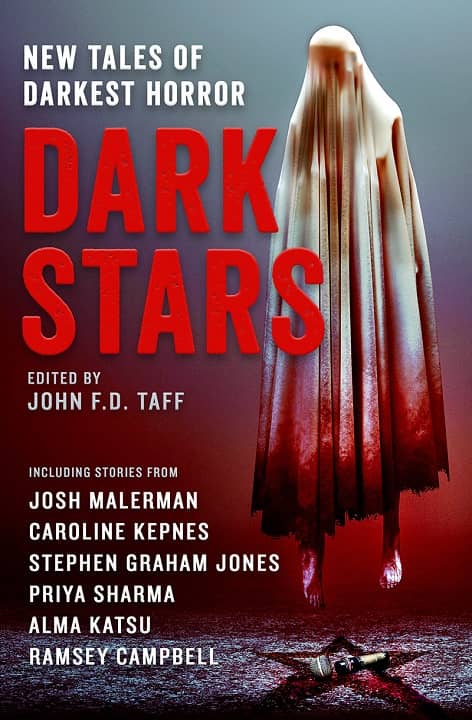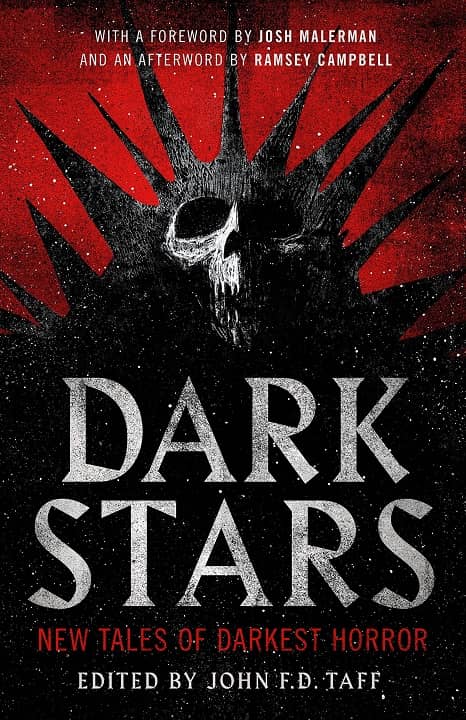New Treasures: Rainbringer: Zora Neale Hurston Against The Lovecraftian Mythos by Edward M. Erdelac
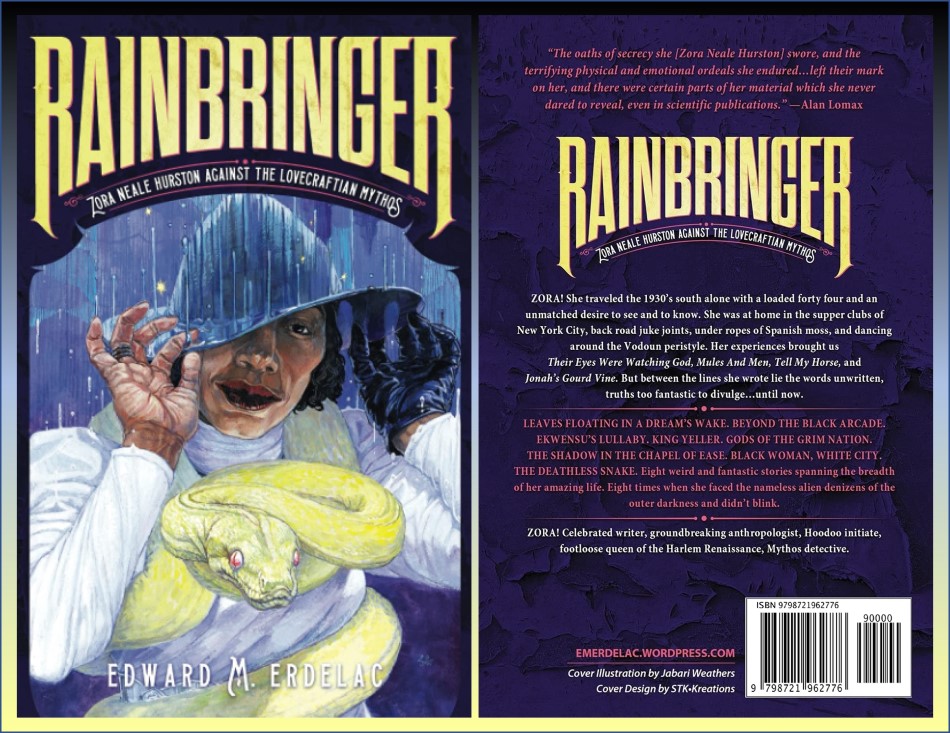
Rainbringer: The Symphonic Heavy Metal of Weird Fiction
Edward M. Erdelac has been writing entertaining weird fiction for over a decade. He pushes boundaries. One of his first spotlights on Black Gate was in 2014 regarding his Merkabah Rider (concerning the 19th-century Hasidic Jewish mystic turned gunslinger). Erdelac also wrote an entry in Tales of Cthulhu Invictus mentioned in my recent 2022 review of Richard L. Tierney’s Simon of Gitta tales (this connection resonates since both Tierney and Erdelac extended the mythos of Robert E. Howard’s magical Ring of Set… more on that below). The author clearly has a knack for extending the landscapes (dreamscapes?) of modern fiction.
With Rainbringer: Zora Neale Hurston Against The Lovecraftian Mythos, Erdelac invites us to follow a fictionalized version of Zora Neale Hurston throughout the North American Twentieth Century. On the face of that description, you may not be hooked. Like most people, I presume, I had no idea of who she was…. or why she may present a wonderful lens into cosmic horrors. Read on! She’s a strong, witty survivor who is uniquely qualified.
